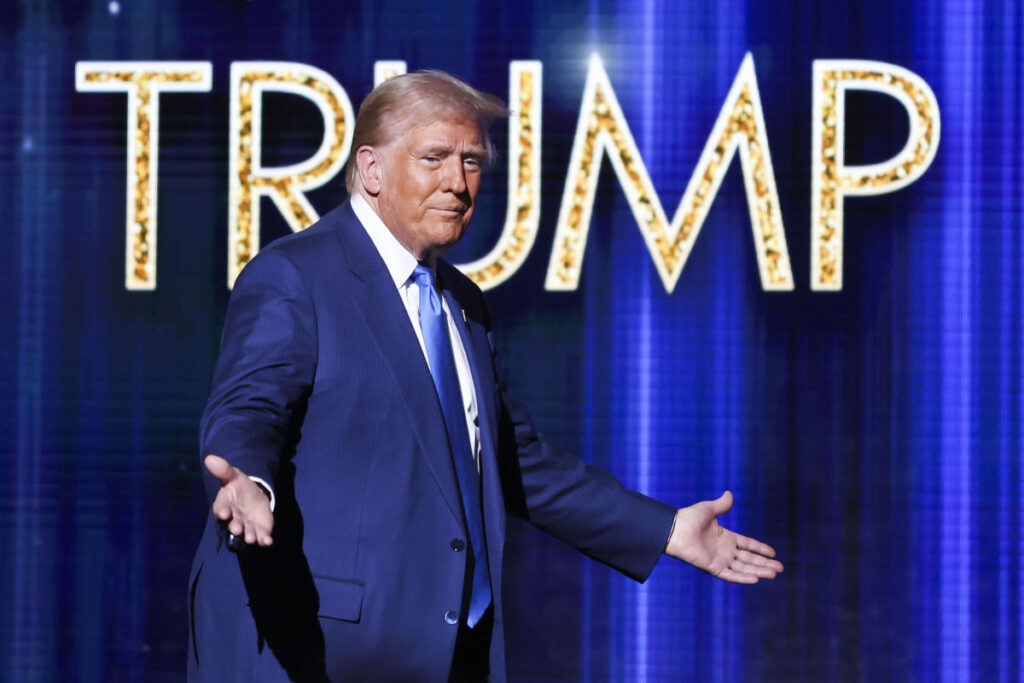As Donald Trump assembles his Cabinet for a potential second term, the implications for reproductive rights, particularly regarding abortion policy, are generating keen interest among advocates and opponents alike. While Trump has a history of fluctuating positions on abortion, including previously nominating three Supreme Court justices instrumental in dismantling nearly half a century of federal abortion protections, the early composition of his Cabinet reveals varying affiliations with the anti-abortion movement. Experts suggest that the selection of nominees might indicate a shift away from prioritizing stringent abortion-related policies. Notably, Trump’s statements during his campaign hint at a federalist approach, expressing a preference for state discretion over centralized regulations regarding abortion access.
Amidst Trump’s recent comments, including interviews where he implied openness to changing his stance on abortion, concerns persist among reproductive rights advocates. There is wariness about how the nominees’ personal convictions could manifest in policy-making decisions. Ultimately, experts emphasize that the true direction of Trump’s administration concerning abortion will unveil itself as key department staff appointments occur. For example, Robert F. Kennedy Jr.’s nomination for the Health and Human Services Department has sparked controversy due to his ambiguous stance on abortion, making both anti-abortion and reproductive rights groups uneasy. Kennedy’s fluctuating views point to the complexities facing the administration, wherein leadership choices might not align with unified anti-abortion activism.
The nominations of individuals like Fox News correspondent Marty Makary for the FDA, known for controversial declarations about abortion, further complicate the narrative surrounding the administration’s anticipated handling of reproductive health. Similarly, Russell Vought, who has a significant history of advocating for anti-abortion policies, is positioned to lead the Office of Management and Budget, demonstrating Trump’s continued alignment with figures behind “Project 2025”—a conservative initiative with aims to restrict abortion access and alter reproductive rights legislation nationally.
Moreover, Trump’s choice of Dr. Mehmet Oz for the Centers for Medicare and Medicaid Services has raised eyebrows due to his pro-life declarations accompanied by a professed preference for state-level abortion discretion. This aligns with Trump’s broader narrative but raises questions about the potential impact on federal healthcare policy related to abortion services. Similarly troublesome for abortion rights advocates are the nominations of figures like Pam Bondi, who previously defended stringent abortion restrictions as Florida’s attorney general, and former congressman Doug Collins, known for his habitual anti-abortion voting record, to key positions where they may influence funding and accessibility to reproductive health services.
Overall, as Trump moves forward with his Cabinet appointments, the blend of personal beliefs among his nominees with the administration’s overall strategy will be crucial in shaping reproductive rights policy. Advocates for both sides remain alert to how these appointments could influence legal and practical access to abortion services. Despite hesitancy to interpret early selections as indicative of solid policy paths, the potential for significant shifts in reproductive rights under Trump’s administration cannot be ignored, especially as these appointees start making pivotal decisions that will affect millions.
Finally, as various advocates and analysts weigh in on these developments, it becomes clear that the coming months will be critical for understanding the future landscape of abortion policy in the United States under Donald Trump. With ongoing legal disputes surrounding abortion access and funding—it is essential for both proponents and opponents to prepare for the potential ramifications of this Cabinet. Ultimately, the intertwining of nominee views, administration agendas, and legal precedents will determine the evolution of reproductive rights within the nation, emphasizing the need for continued vigilance from all stakeholders involved.

